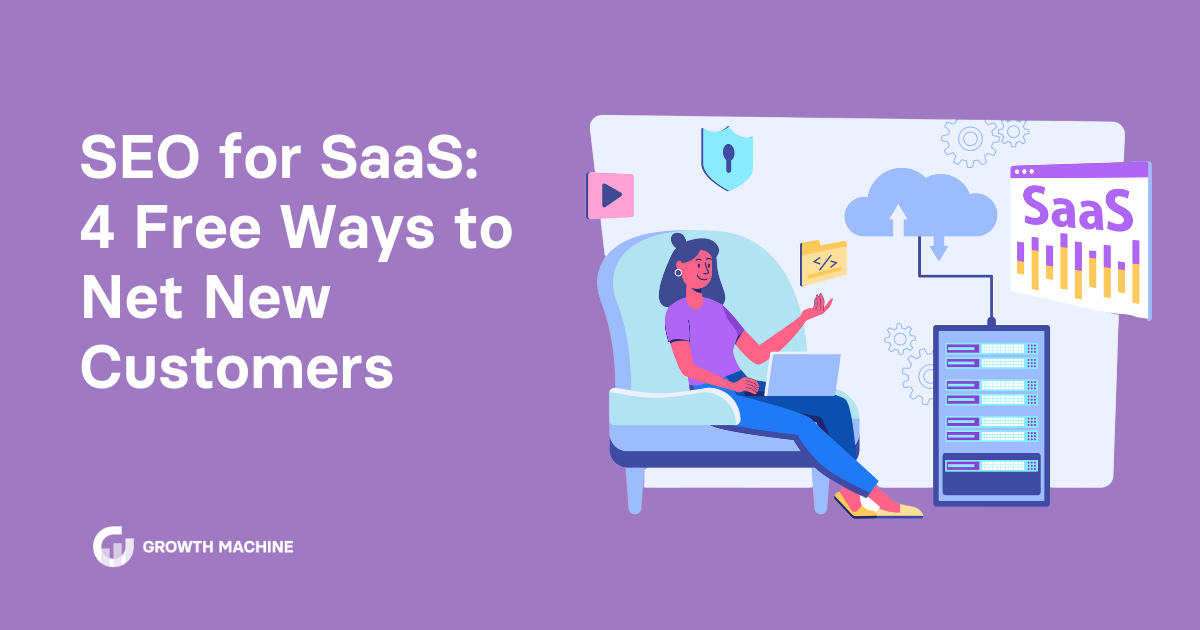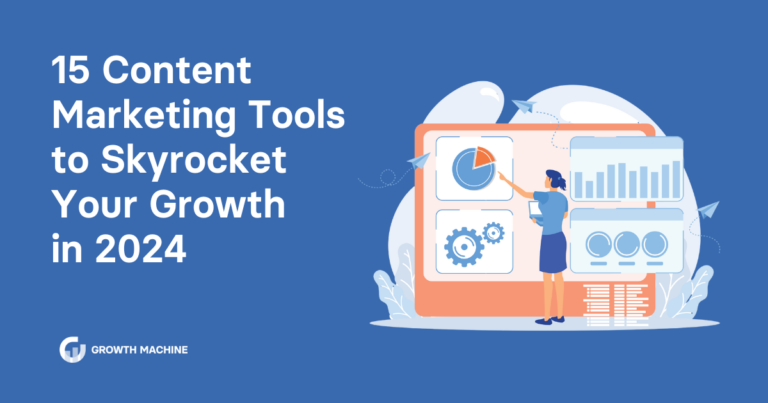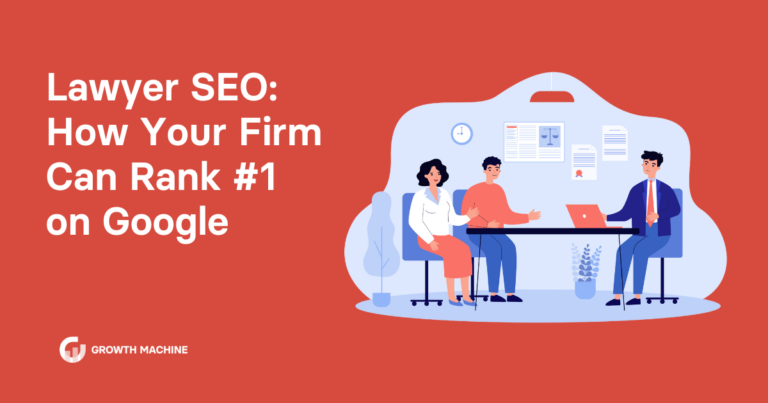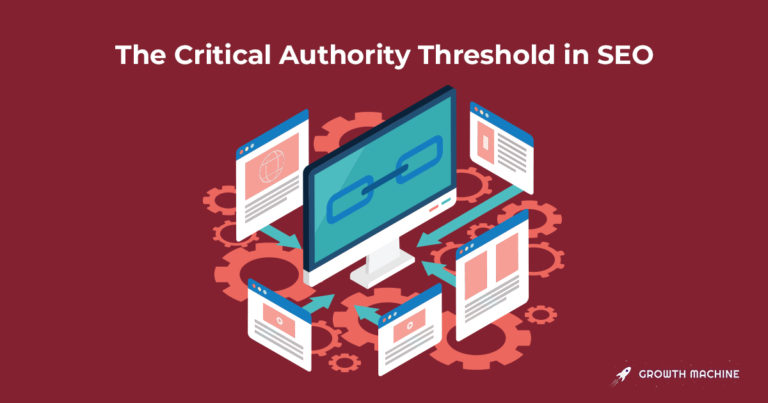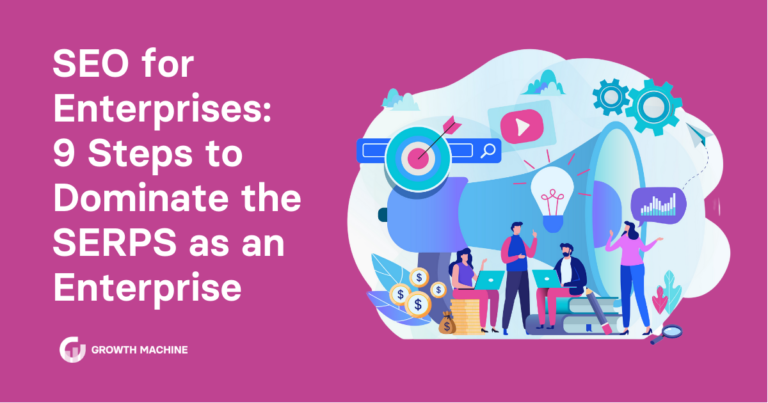SEO for SaaS: 4 Free Ways to Net New Customers
The SaaS business model relies on growing the subscriber base while keeping current customers in the fold too. This means ensuring both new and potential customers feel maximally supported from the beginning to the end of the sales process beyond.
With the right keywords and content, your web pages will climb search engine results pages (SERPs) and net you plenty of new clients. It’ll also help you keep your current subscribers too. There are four steps to making this process work:
- Defining your brand
- Doing the right research
- Designing the correct content
- Dissecting your results
But first, let’s talk about what SEO has to do with SaaS companies in particular.
What Is SEO for SaaS?
SEO for SaaS has plenty in common with SEO for any other type of company, but there are still important points of distinction.
Digital marketing strategy changes depending on which industry you’re in. A B2B SaaS business is going to need a different approach than an e-commerce company.
As just one example, if you’re a software-as-a-service or SaaS business, your business model revolves around subscriptions rather than one-time purchases. This means you’ll want to focus just as much on maintaining current relationships as you do creating new ones. In other words, SEO needs to power your initial customer acquisition and create continual customer satisfaction.
How Can SEO Help With SaaS Sales?
Customers don’t want to feel like they’re in a transactional relationship with long-term partners, so it’s best to start off on the right foot. SEO cultivates an organic relationship between you and your subscribers.
If someone stumbles across your service through a Google search, it proves you’ve anticipated their needs and met them right where they are. That’s a lot different than having unwanted ads bombard them every time they log on to their favorite social media site.
Here are just a few ways injecting SEO into your content marketing strategy can help boost your SaaS subscriptions:
- Compounding returns: SEO articles have a very long yield. As you put out more blog content and case studies, engage in external link building, and even encourage guest posting, you’ll start to see higher and higher returns on your time investment. Algorithms reward SaaS content that’s been out there for a while.
- Cost reduction: The more you can bring people to your SaaS website through organic search, the less you’ll have to spend on other forms of content creation and marketing. If the pricing on PPC strategies has you concerned, SEO is a low-cost and compounding alternative. Alongside related tools like email marketing, it’ll keep the subscribers coming.
- Customer resources: SaaS companies have to work just as hard at maintaining customer satisfaction as they do encouraging customer acquisition. SEO content is a double-edged sword — it serves as an outreach tool at the start of the sales funnel, but it also provides support to your target audience over time too.
1. Defining Your Brand
Before you can start working on your SaaS SEO strategy, you need to get to know your SaaS product like the back of your hand. Google searchers will have a hard time connecting with your business if you’re still searching for your own brand identity.
To figure out how to tailor your target keywords and optimize your overall approach to content marketing, you should start by defining what sets your brand apart:
- Ask what problems you solve: Search engine optimization is secondary to discovering how your SaaS company can make a difference in people’s lives. Find your key differentiator and stake your claim. This’ll help you carve out a unique place in the market — and on search algorithms too!
- Consider user needs: Take an in-depth look at how your product aligns with specific user needs. Your goal with SEO should be to match up your software with these pain points for businesses and consumers. You’ll have much greater success through all SaaS marketing channels once you know your users.
- Create customer profiles: Think about what the search intent might be for your individual customers. Create content-marketing-specific customer personas and start to do some research about what they might be looking for online. Build your SEO marketing strategy around these hypothetical people, and you’ll start connecting with real ones along the way.
2. Doing the Right Research
SEO is a form of subliminal advertisement. Rather than trying to get in front of potential customers through more explicit means, you use relevant keywords to get them to come to you organically through their regular Google searches.
In order to do so, you’ll need to research what your target audience is looking for in the first place. That way, your hard work on SEO will make it easy to connect your own content with their search queries:
- Find the right keywords: Keyword research is the process of matching up your customer personas with the phrases they’ll search for to help solve their problems. SEO tools like Semrush and Moz can help you build out the right list of keywords. We also have a step-by-step of how to do this yourself (it’s not as hard as it sounds!). Once you’ve got this list, it’s time to start adding as many words as you can into your meta descriptions, title tags, and blog content.
- Look at related articles: To make your brand stand out, you’ve got to figure out what makes you different. Look at what your competition is saying about their own services. Just as importantly, look at how they’re saying it. Next, you can move on to differentiating what makes your subscription service more worth your customers’ whiles with each piece of content.
- Cast a wide net: On-page SEO is about drawing in potential customers, so make sure you’re casting a wide enough net. Tailor your SEO strategy for each page based on where someone might be in the customer journey. For example, look into shorter, more wide-angle words for early on in the sales funnel. Bust out the niche, long-tail keywords to draw in people closer to making a decision. Say you provide HR training software for mid-sized businesses. You could use simple keywords like “employee training” and “HR software” to draw customers in. Long-tail keywords like “best HR learning management system for large businesses” and “how to use performance tracking software” help you attract consumers already in the know about products like yours.
3. Designing the Correct Content
Once you’ve learned who your customers are and the keywords necessary to connect with them, it’s time to begin the actual content optimization.
SaaS companies have a little more leeway than many other types of businesses when it comes to SEO strategy. Both businesses and consumers expect longer, more informative content from SaaS brands.
Longer content and search engine optimization are a match made in heaven. More paragraphs and pages means more keywords. More importantly, it means more potential customer clicks and conversions too:
- Aim to support your customers: As a SaaS company, always remember you’re just as much a service as you are a software provider. Your content should be informative, engaging, entertaining, and packed with SEO terms — in that order. Never sacrifice user experience at the altar of cramming in more keywords. There’s always a way to balance both.
- Utilize the pillar/cluster strategy: Build longer pillar articles ranging from 1,500 to 2,000+ words about a specific topic, using as many keywords as possible. Next, write multiple cluster articles about specific topics that you mention in this pillar article. You can then link out to these. For example, suppose you’re an email marketing SaaS company and you write a pillar article about how your product can help generate leads for your customers. The pillar article could briefly talk about all the ways the product can do this while the cluster articles could expand on each of them. This high-quality content marketing strategy will allow you to grow your library of SaaS content at the same time you begin optimal link building processes.
- Prioritize link building: Both internal links and off-page backlinks to other authoritative sites will help make your SaaS website stand out to search algorithms. Effective linking is just as important as keyword optimization when it comes to SEO. Make use of multiple link building tools to get the most bang for your buck.
4. Dissecting Your Results
There are plenty of metrics you can use to measure your SEO for SaaS strategy’s success. By keeping an eye on your search traffic, you’ll be able to see what’s working and what still needs work when it comes to your content:
- Compare against your KPIs: Define your key performance indicators (KPIs) early on. SEO is a bit of a waiting game — it offers compounding returns over time, rather than instantaneous results. Give it a few weeks or months before checking how you’re doing in terms of conversions and organic traffic. SEO tools like Ahrefs, HubSpot, and Google Analytics can come in handy for tracking your performance.
- Conduct a gap analysis: Use tools like Google Search Console to conduct a technical SEO audit to see areas where you can improve. Each SEO campaign will help you see both the areas you’re delivering on and the gaps you still need to fill. Addressing these holes in your strategy will help you boost your search volume.
- Consider the entire customer journey: Always keep an eye out for ways you can improve the SEO at each stage of your SaaS sales journey. Create high-converting landing pages to make sure users get hooked at the top of the funnel. Pillar and cluster articles are just as important ranking factors for people further down the pipeline.
SEO for SaaS Strategy Can Help Your Startup Stand Out
SaaS companies are all about making the complex simple. At the end of the day, SEO agencies like ours provide a very similar function.
You’re busy enough designing game-changing software for consumers and businesses to spend all your time chasing customers. That’s why we want to help bring them to you organically and often.
Let us thank you for your service — and your software too! Reach out to us about how we can help you supercharge your SEO for SaaS strategy.

